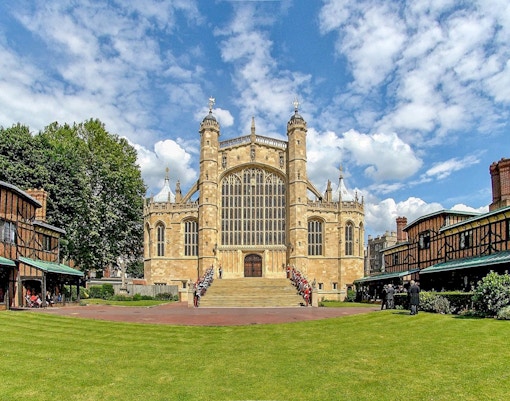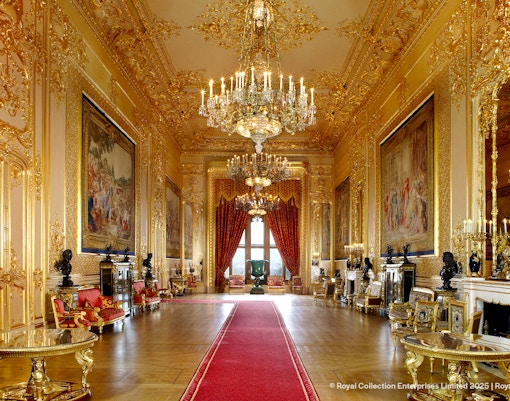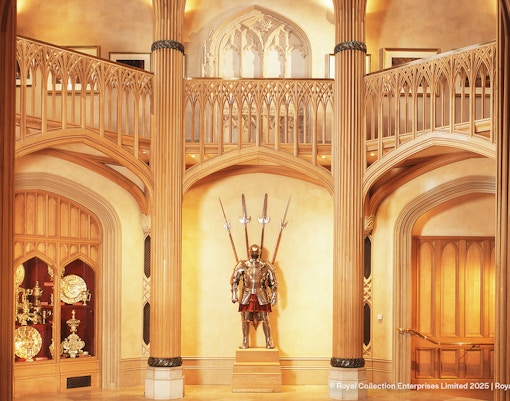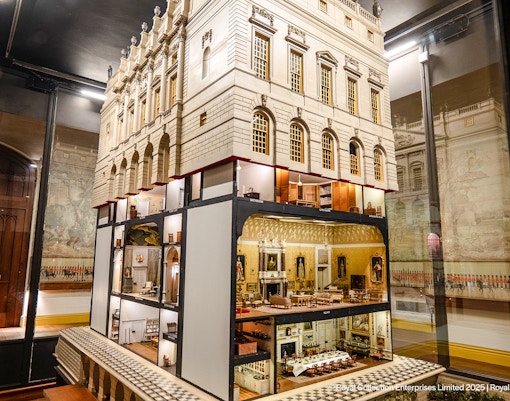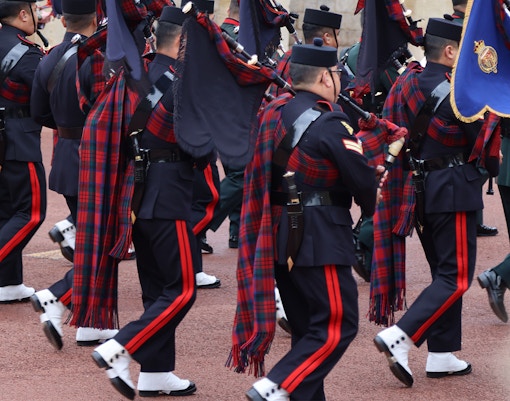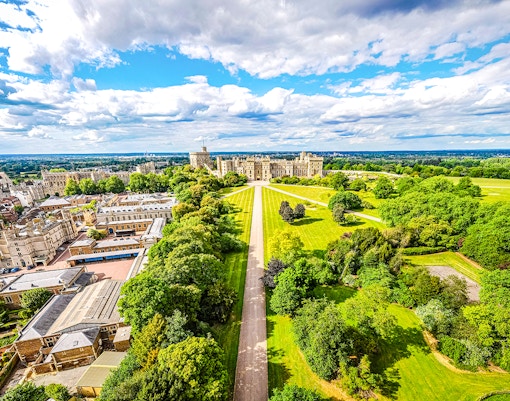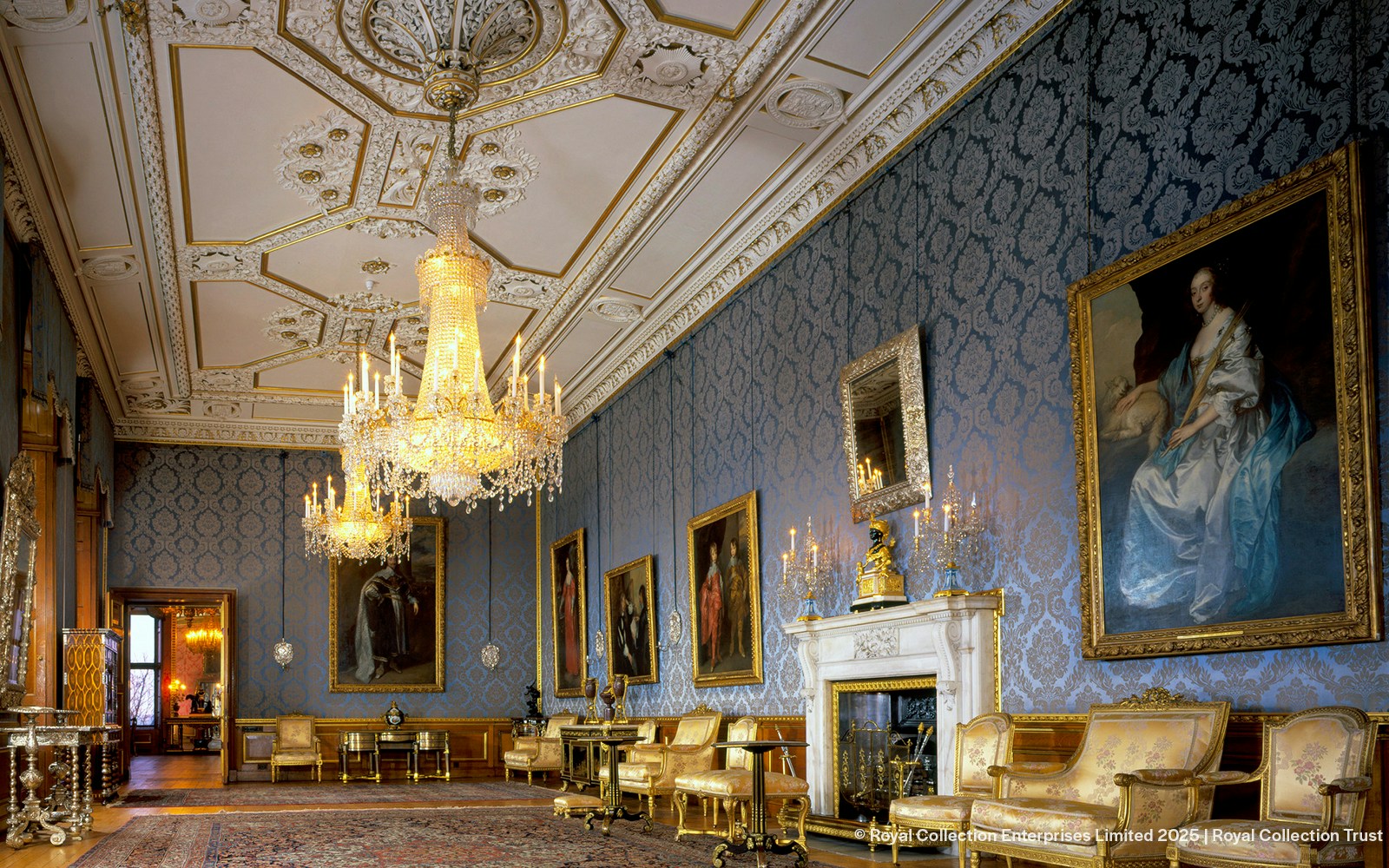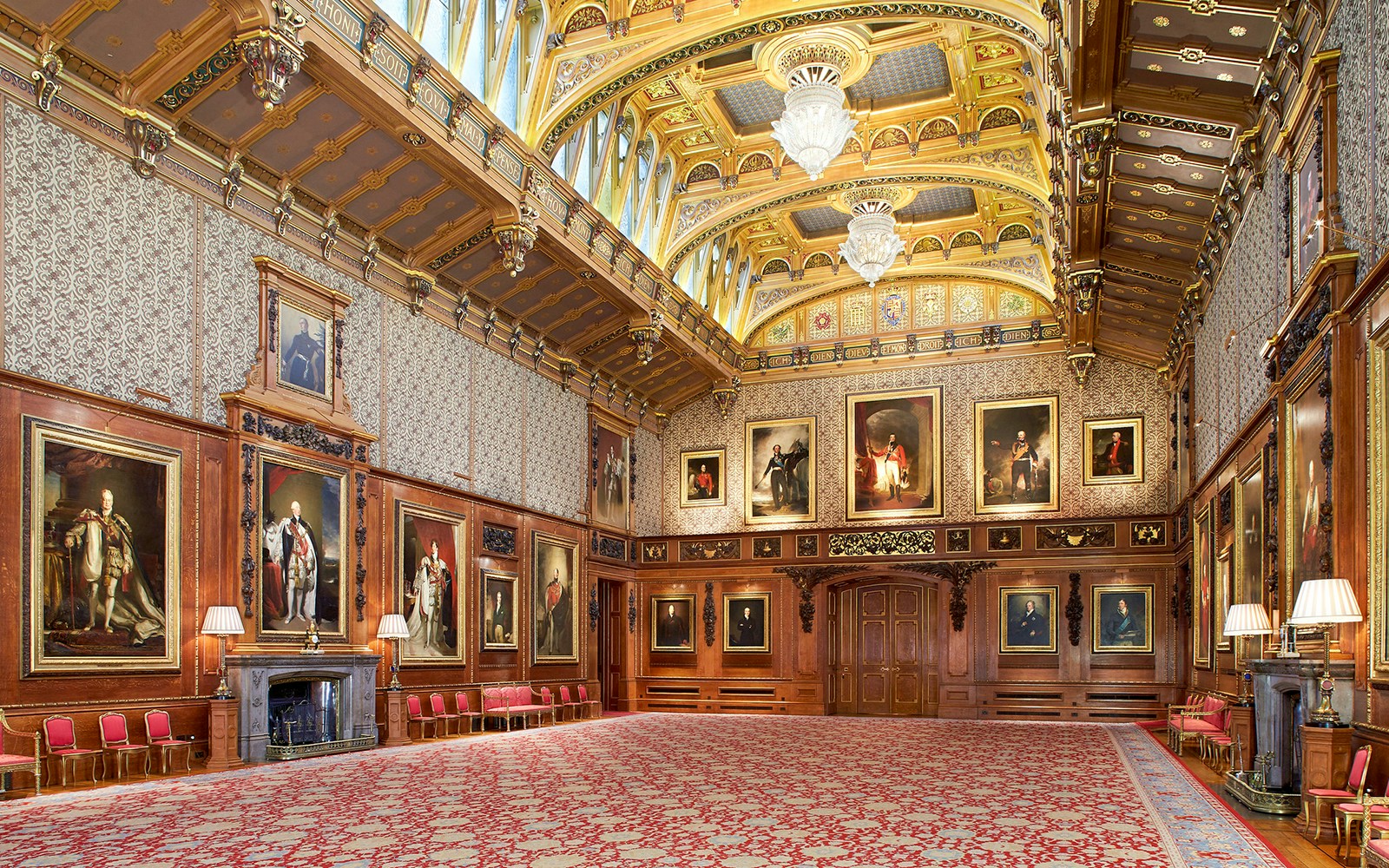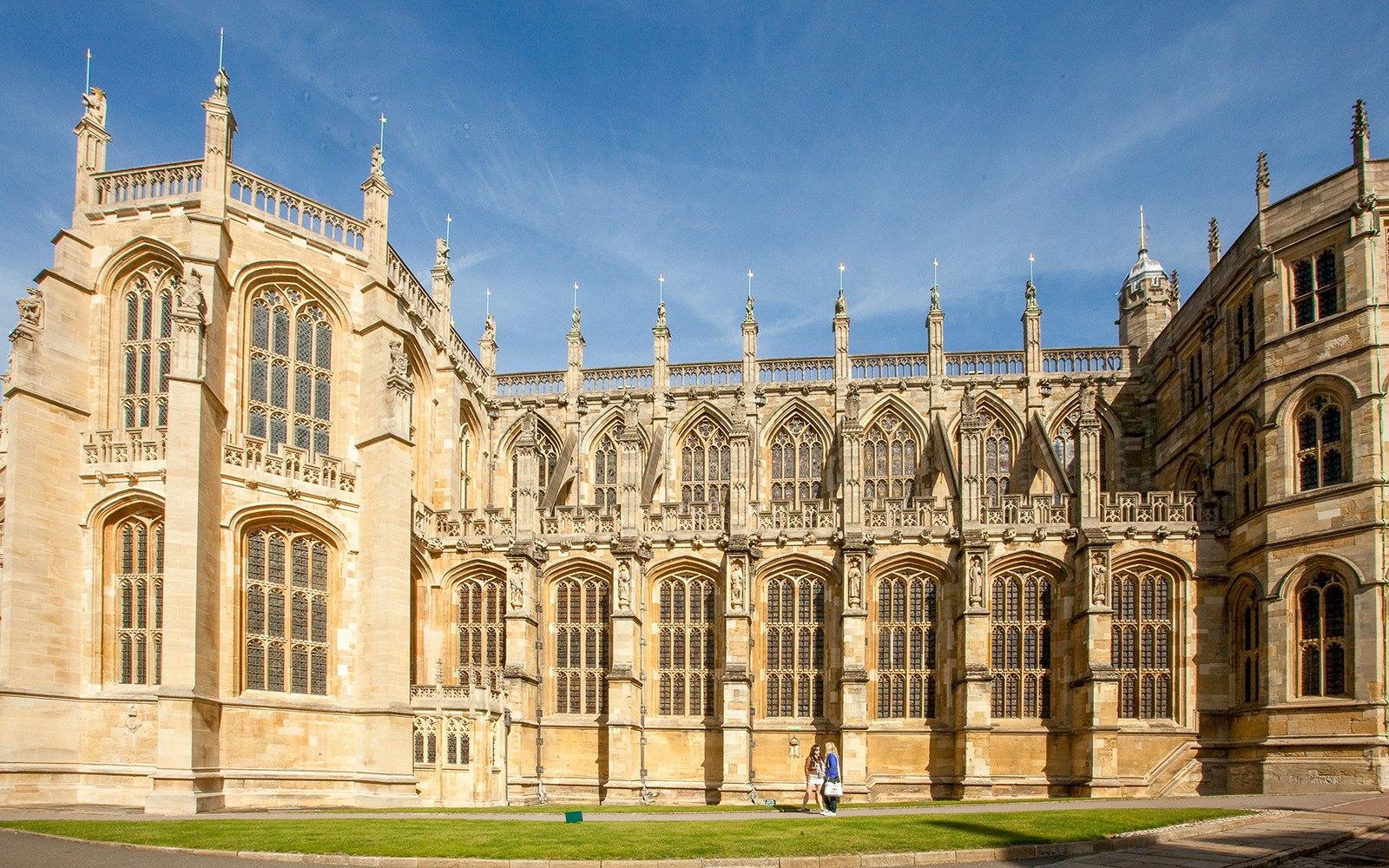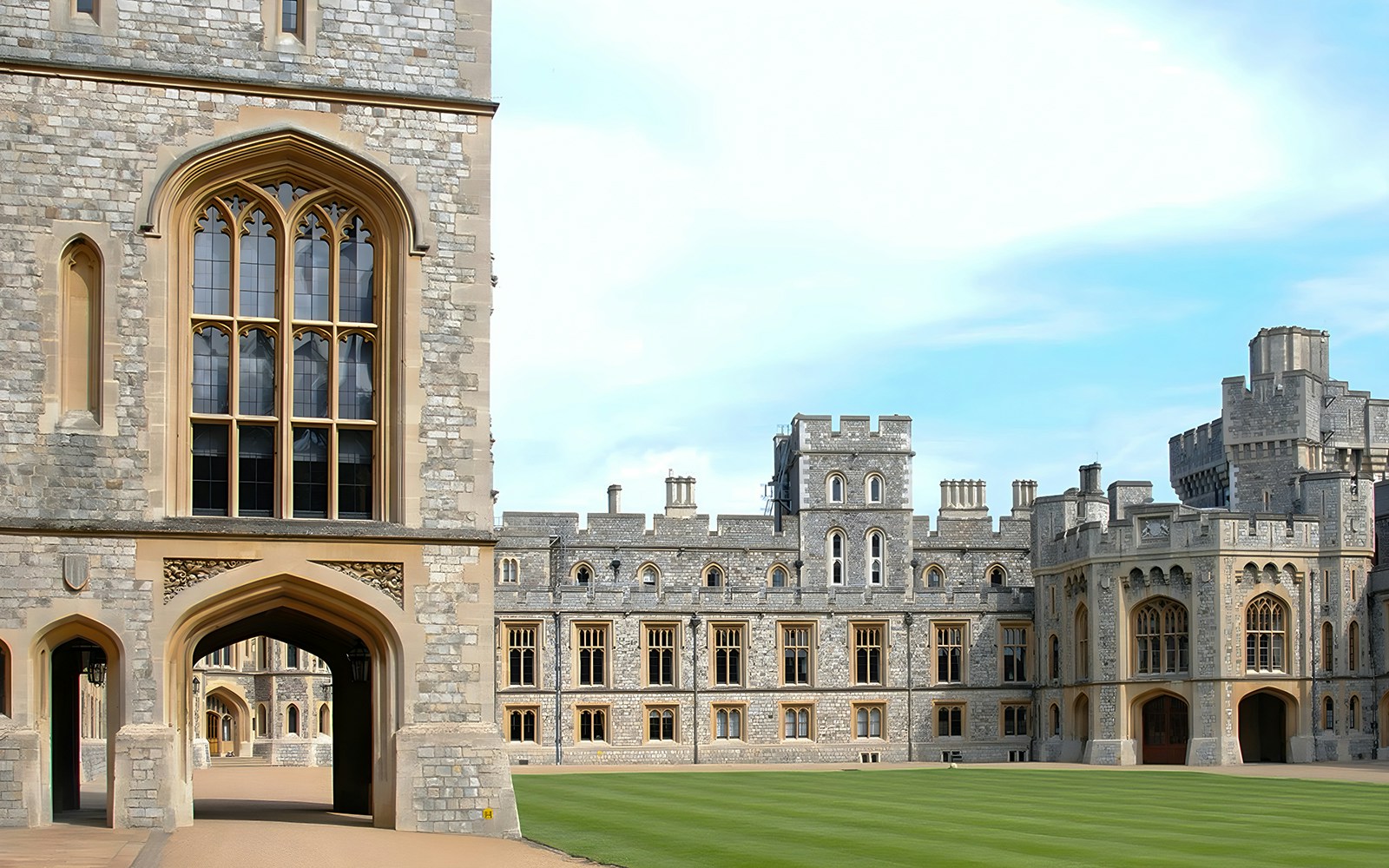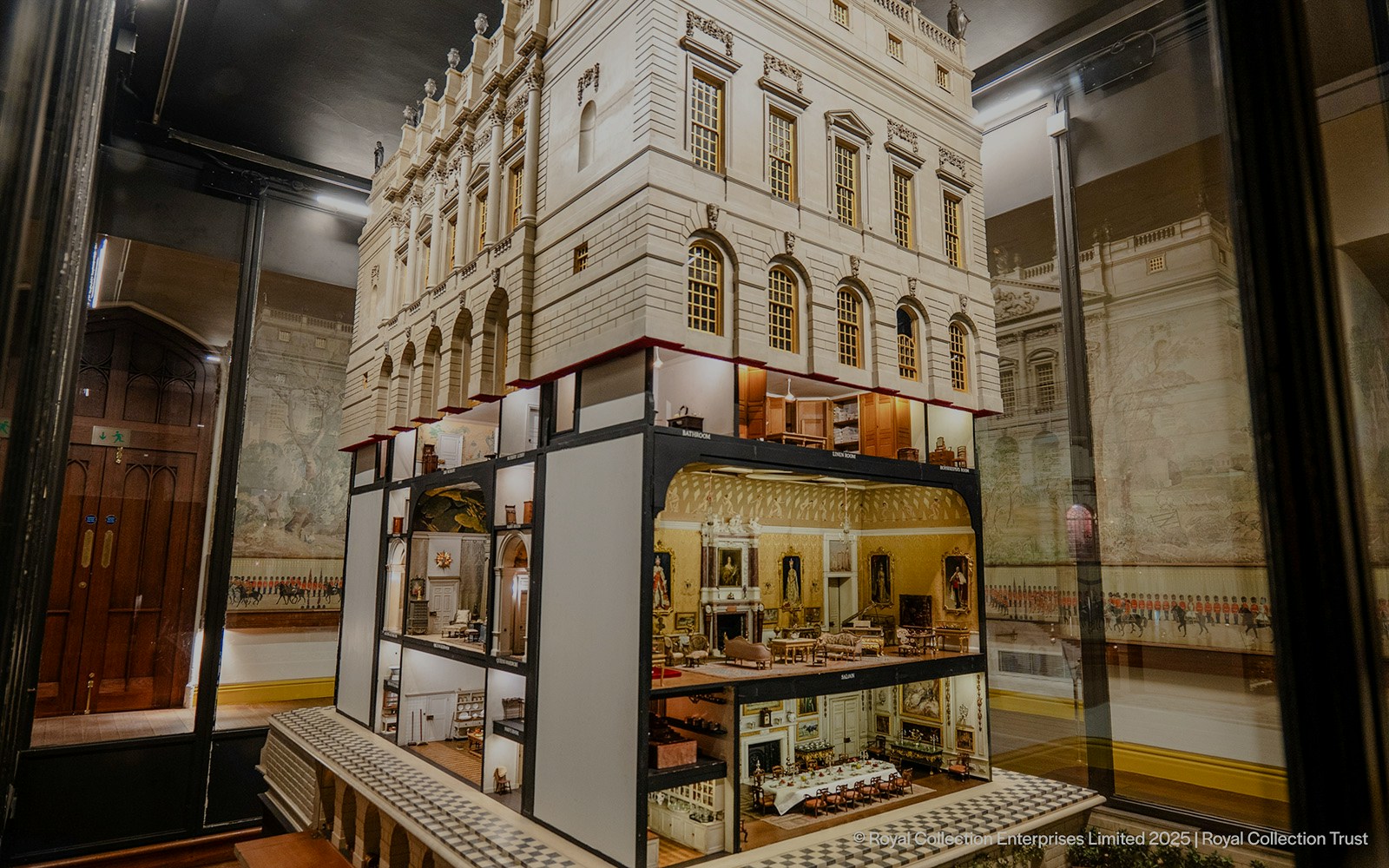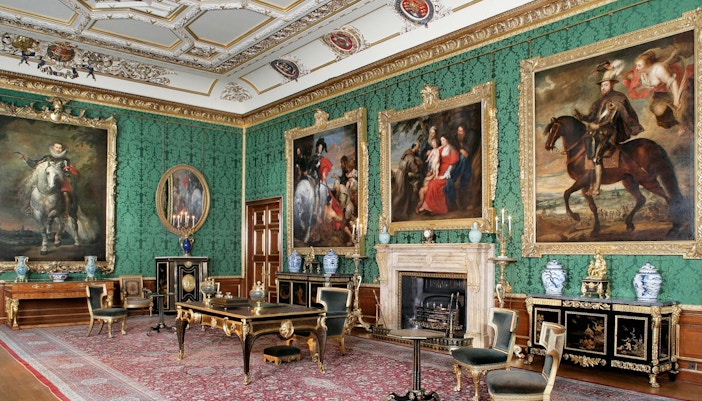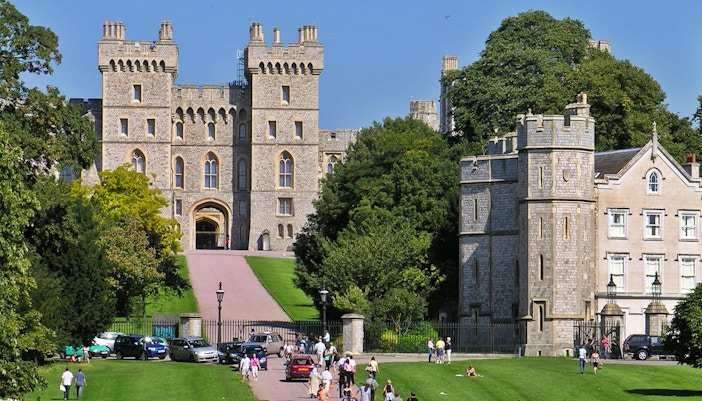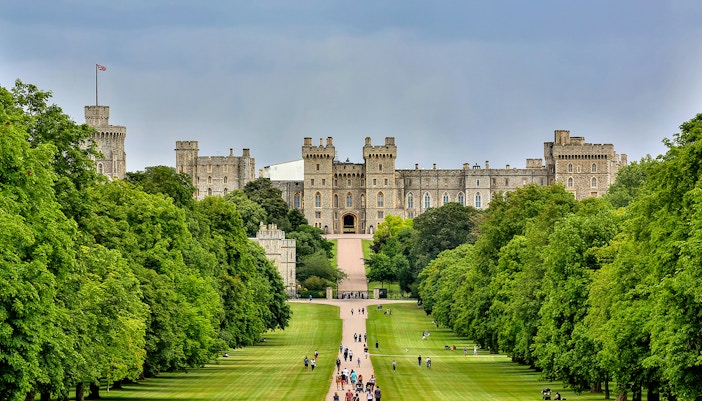Founded in the 14th century, St George’s Chapel is undoubtedly the spiritual heart of Windsor. Here, monarchs have worshipped, princes have wed, and the nation bid farewell to Queen Elizabeth II in 2022. Standing beneath its soaring Gothic arches, you feel the weight of history and the presence of tradition still alive today.
Why visit Windsor Castle?
A living royal residence
Windsor Castle is far more than just a historic landmark. It is a working home of the British Royal Family and an official residence of the King. A visit here offers a rare glimpse into both contemporary royal life and centuries of history.
Ancient and grand
As the world’s largest and oldest inhabited castle, Windsor Castle has been a royal residence for over 900 years. Walking through the Upper, Middle, and Lower Wards, you can see how the castle has evolved blending medieval, Gothic, and Victorian architecture into one monumental estate.
Artwork and interiors
Step inside to discover masterpieces from the Royal Collection. Here you will find famous works by Hans Holbein, Anthony van Dyck, and Peter Paul Rubens displayed against luxurious furnishings, Sèvres porcelain, and tapestries.
Architecture
Windsor Castle is also a proud showcase of architectural styles spanning nearly a millennium. Admire the Gothic spires and intricate stonework of St George’s Chapel, the fortified Round Tower and the Baroque ceilings in the King’s and Queen’s Apartments painted by Antonio Verrio.
The town of Windsor
Beyond the castle walls lies a world to explore for a few hours. Wander past historic buildings, browse quaint shops, relax in cozy cafés, and stroll by Windsor & Eton Central Station, all while enjoying views of the castle and its sprawling, lush grounds.
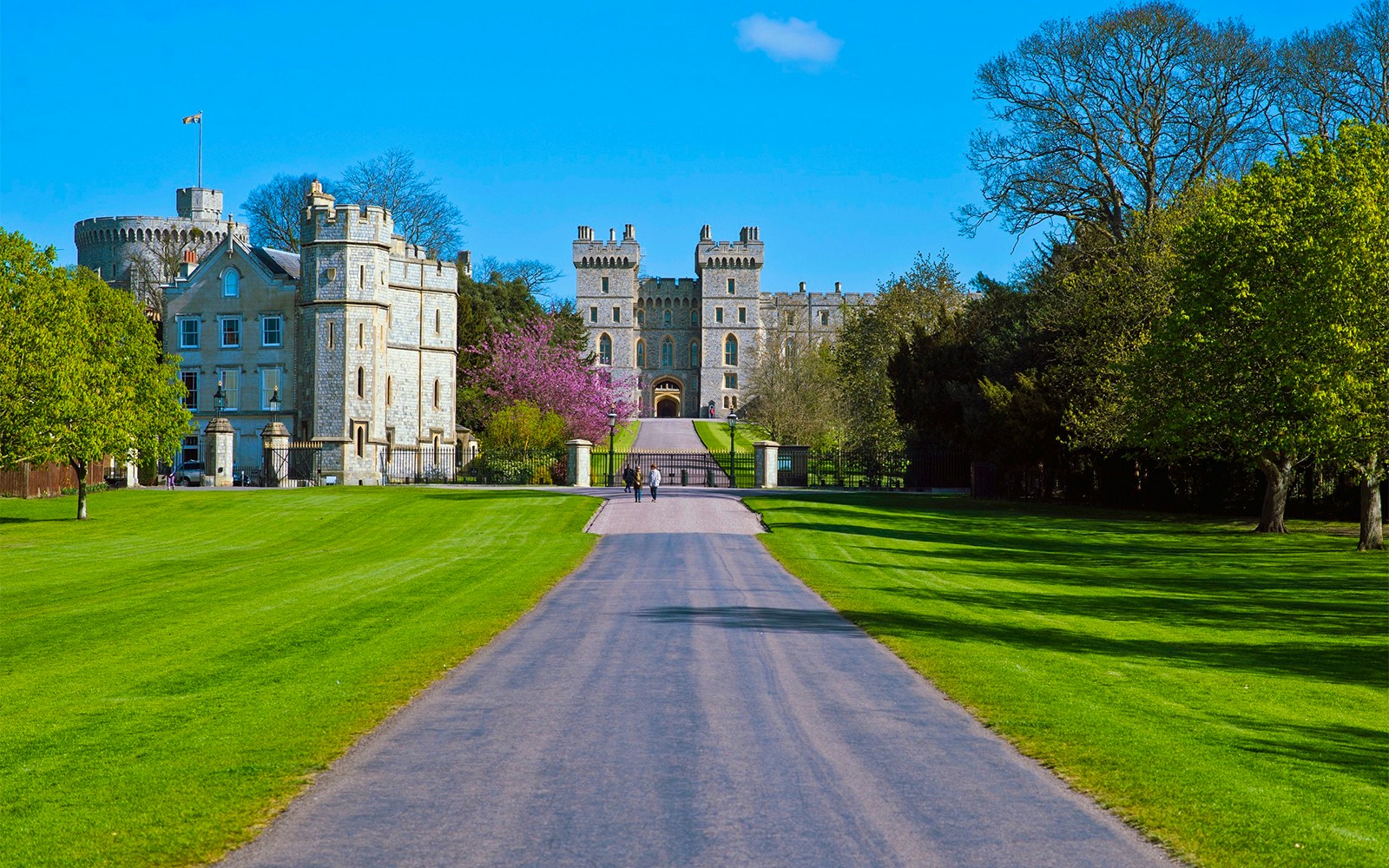
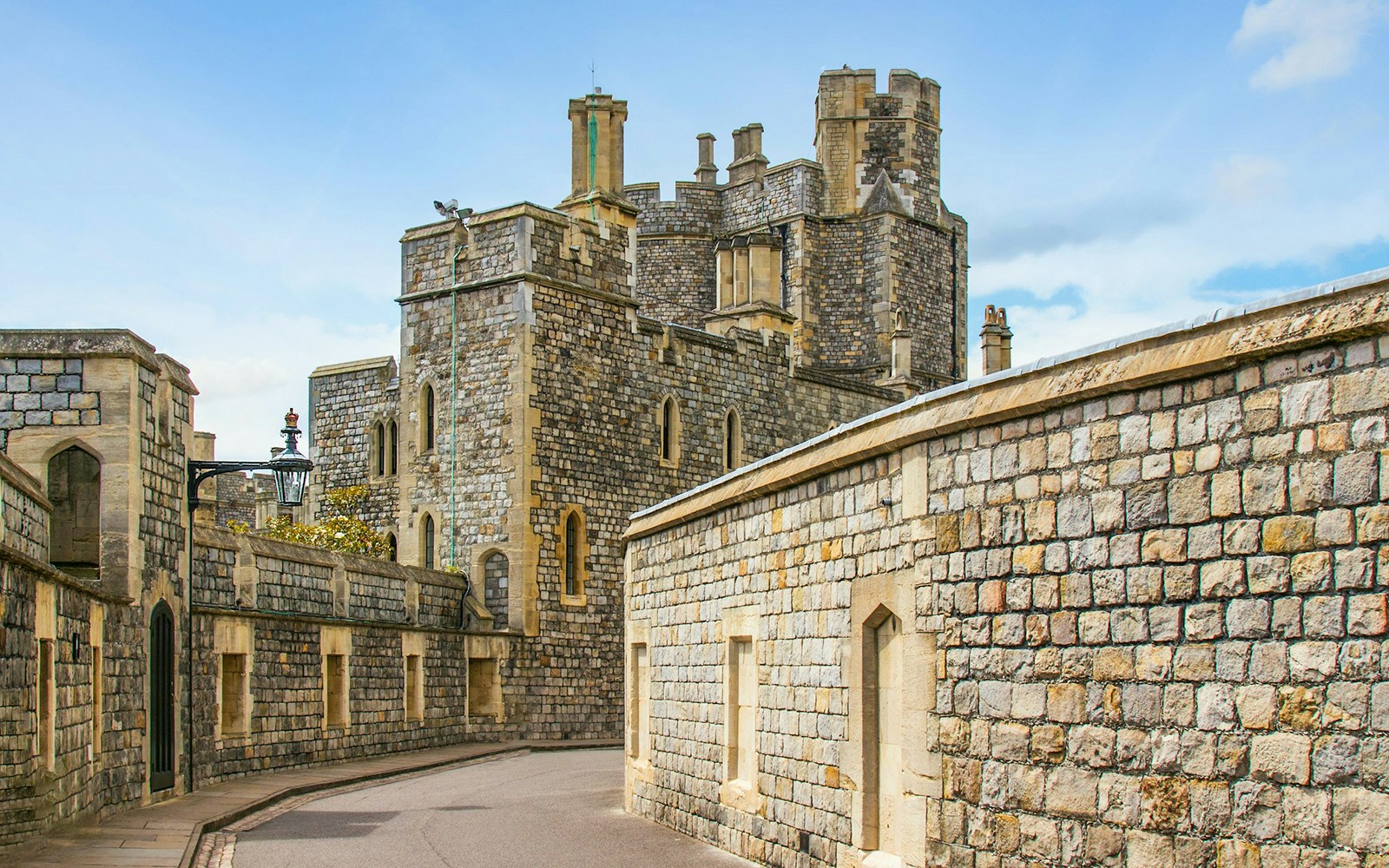
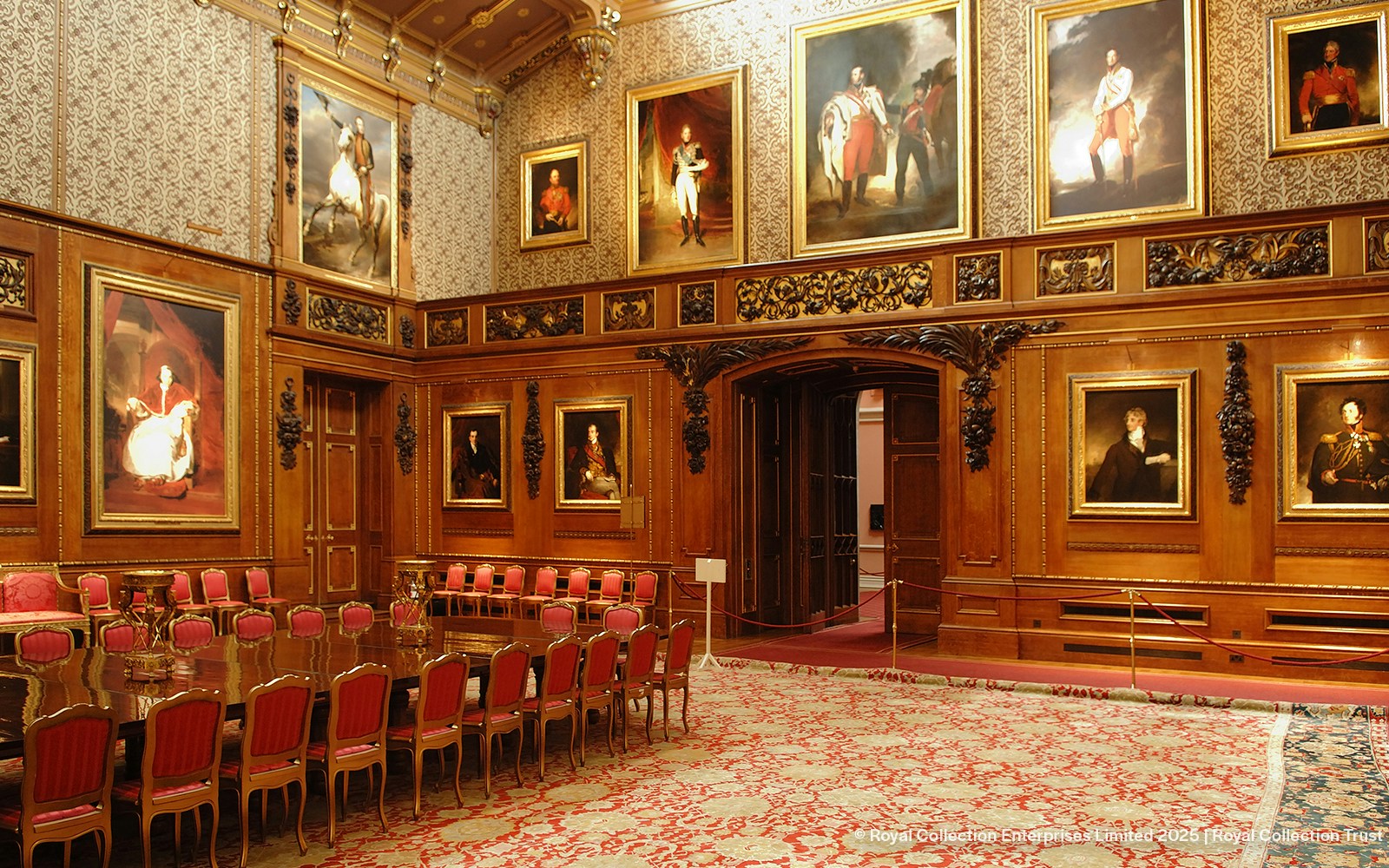
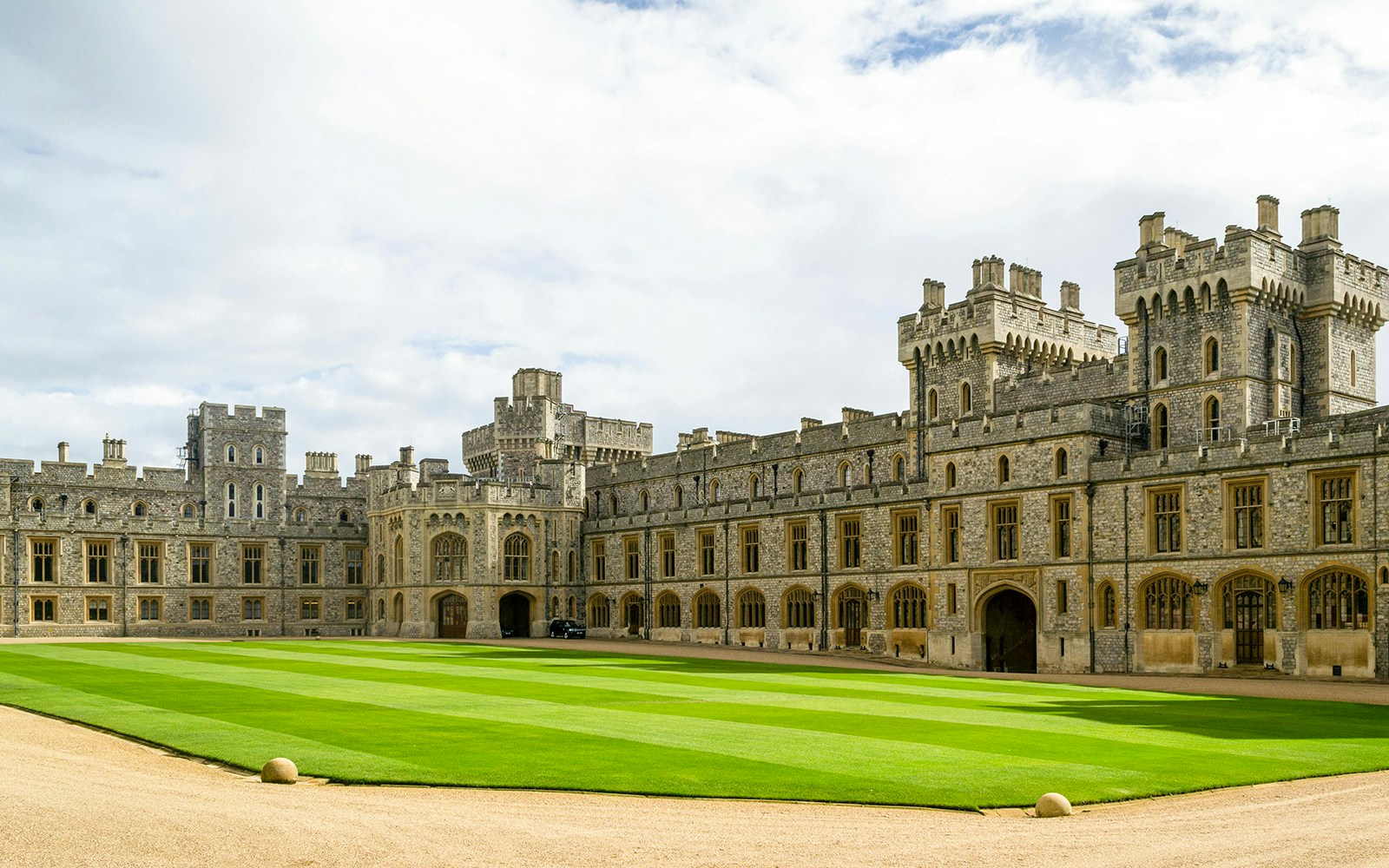
.jpg?auto=format&q=90&crop=faces&fit=crop)
